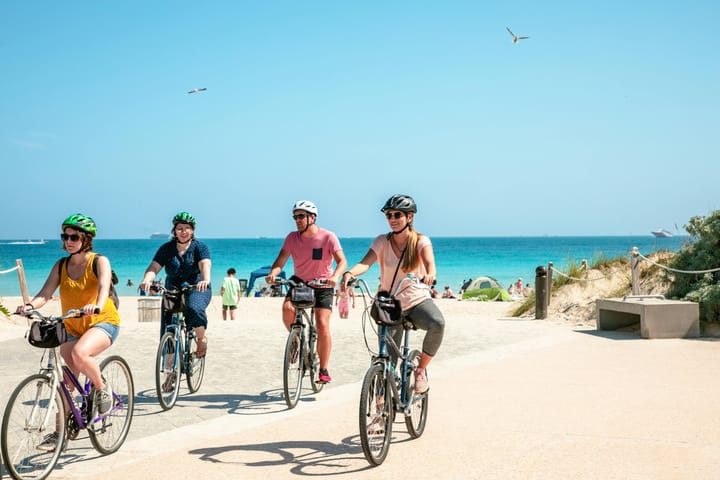How is the effort to vaccinate the planet from COVID-19 going?

A few minutes every morning is all you need.
Stay up to date on the world's Headlines and Human Stories. It's fun, it's factual, it's fluff-free.
Vaccination rates around the world have varied and some countries have not reported a single dose.
- As of May 10, over 1.56 billion doses of the COVID-19 vaccine have been given out around the world, which is about one dose for every five people.
- Optimism is running high in the United States, with data showing that the vaccines have been highly effective.
- But vaccination rates around the world have varied and some countries have not reported a single dose.
- In the US, vaccine hesitancy and availability have kept many people from getting vaccinated.
- A shortage of raw materials has left many nations looking to other countries for help. But the demand for vaccines is still too high, which has left poorer countries left with little or nothing.
Reasons for optimism – but is it enough?
- In the US, the Centers for Disease Control (CDC) is so optimistic about the effectiveness of the vaccines that they have said that fully vaccinated people don’t have to wear masks in most circumstances.
- Many believe the new guidance is there to encourage those who haven’t gotten the vaccine yet to go do so. As of Tuesday, May 18, 60% of American adults had received at least one dose of the COVID-19 vaccine.
- Brazil, one of the hardest-hit countries in the Americas, has recently made an attempt to increase their vaccine production and get shots in the arms of their citizens. But cases in the country continue to be high, with 79,219 cases recorded on May 19.
- China has given Brazil the ingredients to produce 25 million doses of their own AstraZeneca and Sinovac vaccines.
- India has also had a rough couple of months, with 18 million total cases reported and a death toll that had reached 200,000 by the end of April.
- India’s Serum Institute plans to produce 100 million doses of AstraZeneca starting in July and the Indian government hopes to vaccinate all adults by the end of the year.
Is there still a threat?
- Yes. For one thing, differences in the rates at which people are getting vaccinated has left experts worried.
- Though seven states have at least 70% of their adult populations vaccinated, 10 states have vaccinated less than 50% of their population. These states may turn into COVID-19 hot spots in the future.
- In Brazil, only 17% of residents have gotten their first shot and the more out-of-control the virus remains there, the more danger it presents to the rest of the Americas, including the US.
- In an effort to prioritize its own citizens, India has decided to delay exporting the AstraZeneca vaccine to other countries. This likely means that hundreds of millions of people from poorer countries may have to wait until 2022 or later for their vaccine.
- But even in India, daily vaccination rates have fallen from their peak of 3.6 million a day, in April, to just 1.6 million a day. At this rate, it would take four years to vaccinate all 1.3 billion people in India.
Have a tip or story? Get in touch with our reporters at tips@themilsource.com




Comments ()